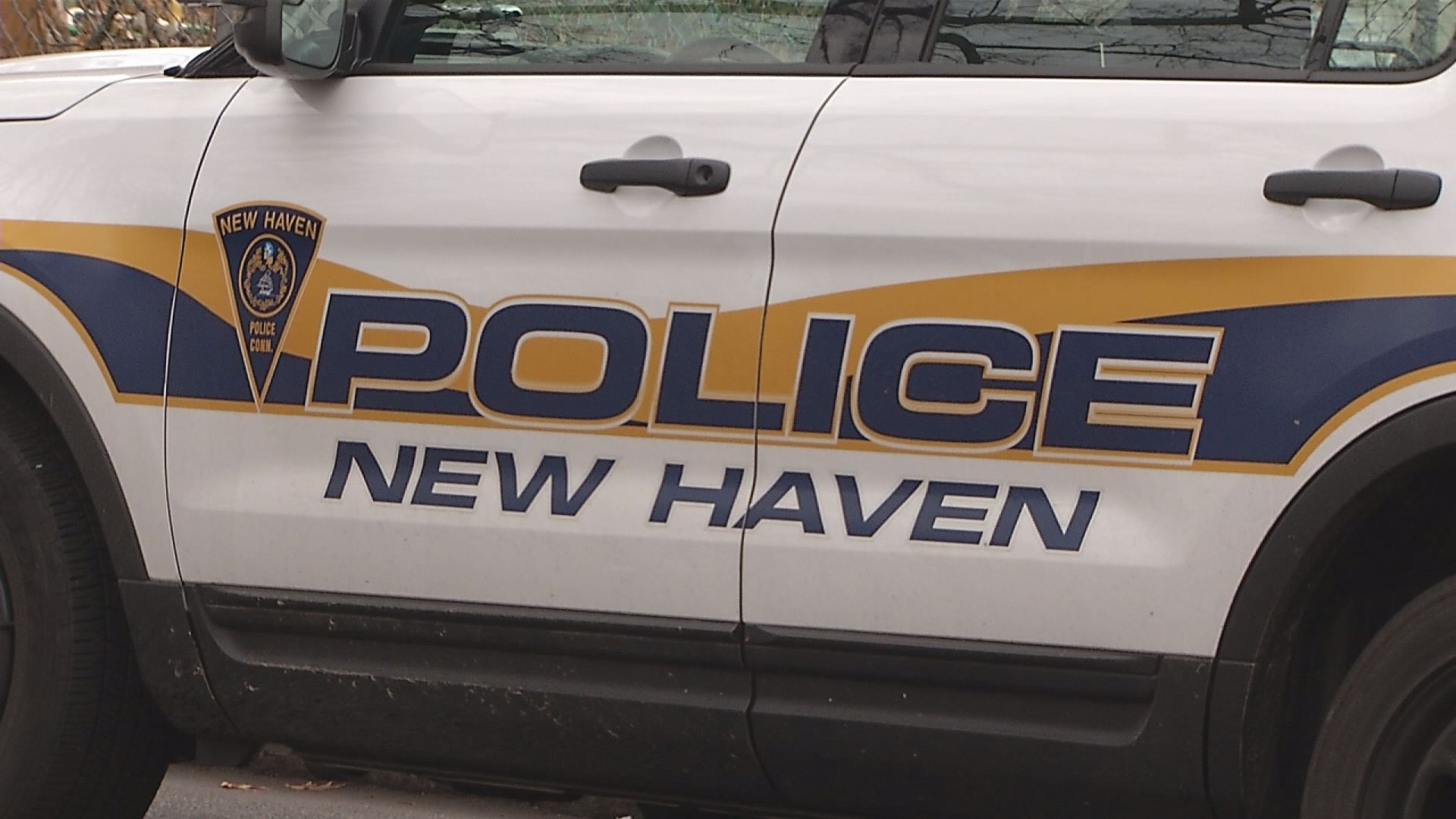Justices on the Connecticut Supreme Court appeared skeptical of justifications from both insurers and homeowners as they heard arguments for when a home should be considered collapsing.
The case is part of the heart of the legal battle which has homeowners searching for relief for homes losing value, and insurers arguing it is the manufacturer of the foundation, and not them which is responsible.
“A structural engineer would look at this concrete wall and say that it’s supposed to be a solid homogenous mass. It’s not supposed to break up,” said Michael Parker, representing the Karas family, who is suing Liberty Insurance to cover its crumbling foundation. “It’s not supposed to bust up. This isn’t rocket science. This is pretty basic engineering.”
Parker argued Tuesday morning that a home is collapsing once it shows signs of cracking, even though the house may not be uninhabitable for quite some time after that.
Three years ago NBC Connecticut uncovered the issue of crumbling foundations, specifically the disintegration of concrete that contains the mineral pyrrhotite, once it comes in contact with water.
This court case is significant because it could help lay part of the legal argument as to which entities are responsible for replacing a foundation, and when.
Insurers argue that individual cracks do not show the home is about to collapse, but rather could be cosmetic in nature, and the home could remain standing long into the future.
Local
Robert Kole, who represented Liberty Insurance, said “We’re talking about houses that are standing, that are safe to live in. They may continue to be standing, safe to live in for another 50 years, another 100 years. In one case, 1,000 years. That is not a collapse under any understood meaning of the term.”
Justices peppered both attorneys with questions throughout their arguments.
Justice Andrew McDonald asked of Parker, working for homeowners, whether the insurance company was really liable for something that might predate the policy by years.
“Presumably, once this concrete was poured it started to degrade immediately and progressively got worse, how do you pinpoint from when it just went from being impaired, to substantially impaired,” he said.
He also challenged Liberty Mutual, saying how the company would pay for both a home and a foundation if the home collapsed into the foundation.
“But if the foundation collapses and the house follows, you would pay for the house but not the foundation,” he said.
Chief Justice Robinson also had questions about the imminence of a collapse and when the insurance company is responsible to make repairs.
“Inevitable when?” Robinson asked. “Some of these cases have a history of 20 years and from what I was reading in the record, there’s evidence that it could go on for 100 years and the person cannot say for certain that it’s going to collapse. It may collapse or it may not collapse.”
Kole argued that a home is on the verge of collapse once it’s been examined by a home inspector to gauge whether it’s safe.
Justice Maria Araujo Kahn appeared not to be convinced by that argument, saying how a homeowner may beg to differ.
She asked, “How does someone know their house is about to cave in? And should they have to wait for that event and take that risk? And second, don’t they have a duty to mitigate?”



